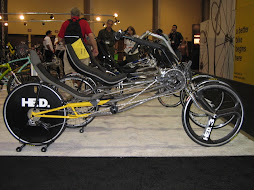 This article should stand as a stark warning to Australia, Europe and the USA, about to embark on probably the worlds greatest ever experiment in fiscal stimulus.
This article should stand as a stark warning to Australia, Europe and the USA, about to embark on probably the worlds greatest ever experiment in fiscal stimulus.http://www.bloomberg.com/apps/news?pid=20601101&sid=aYomskNBwinE&refer=japan
I expect that more of the same "business as usual" economic stimulus such as this will do nothing but create facilities that are an ongoing liability to the nation. Money for projects that have no popular support but are funded simply because they inflate the economy will entrench a pork-barrel industry addicted to the swill of easy government money for useless projects that bankrupt local governments with ongoing costs liabilities. Japan is even today faced with the ongoing issue of dealing with these problems, and should stand as a stark warning to the rest of the world -
choose your projects very carefully, because they will define your country and its future for decades to come.
So what will it be? Highways, tunnels, airports, more cars and more sprawl? Or investment in trains, subways, and safe walkable communities?

